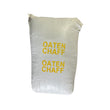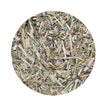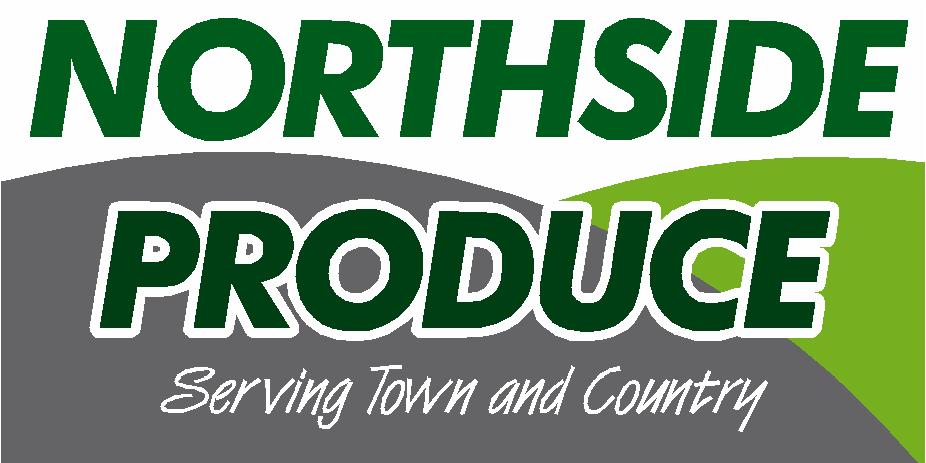

OATEN CHAFF POLY 25KG (K9)
Regular price $35.00
Unit price per
Oaten Chaff – 25kg
A natural and nutritious feed option derived from the chaffed stubble or hay portion of the finest oat crops. Carefully processed through chaffing, this Oaten Chaff boasts a fibrous flake, providing a high-quality dietary solution for your animals.
Premium Quality: Our Oaten Chaff is made from the best oat crops, ensuring a consistent and premium quality product. The chaffing process results in finely cut flakes, making it an ideal choice for horses, stud cattle, and even breeding pigs.
Nutrient-Rich: Oaten Chaff is a powerhouse of nutrients, offering essential vitamins, minerals, and fibres. It serves as a wholesome addition to your animals' diet, promoting overall health, vitality, and optimal performance.
Versatile Usage: Widely recognised and trusted in the equine and stud cattle industries, Oaten Chaff is a versatile feed option. It's an excellent choice for horse and cattle rations, and can also be included in diets for breeding pigs to provide a valuable source of fibre.
Digestibility: The fibrous nature of Oaten Chaff aids in promoting healthy digestion in animals. It supports gut health and can be easily integrated into existing feeding programs.
Cost-Effective for Certain Diets: While Oaten Chaff is a staple in horse and stud cattle rations, it can also be considered for feedlot rations on occasion. Although cost factors may limit its inclusion in large-scale feedlot rations, its nutritional benefits make it a worthwhile investment for specific dietary requirements.
Breeding Pig Diets: Oaten Chaff serves as an excellent source of fibre for breeding pigs. Only a small percentage is required in their diets to enhance digestive health and contribute to overall well-being.
Convenient Packaging: Our Oaten Chaff is conveniently packaged to ensure easy handling and storage. The packaging preserves freshness, allowing you to provide your animals with a consistent and high-quality feed.
Choose our Oaten Chaff to elevate your animals' nutrition and well-being. Whether you're caring for horses, sheep, cattle, or breeding pigs, this premium Oaten Chaff is the smart choice for a well-rounded and nutritious diet. Order today and witness the positive impact on your animals' health and performance!
A natural and nutritious feed option derived from the chaffed stubble or hay portion of the finest oat crops. Carefully processed through chaffing, this Oaten Chaff boasts a fibrous flake, providing a high-quality dietary solution for your animals.
Premium Quality: Our Oaten Chaff is made from the best oat crops, ensuring a consistent and premium quality product. The chaffing process results in finely cut flakes, making it an ideal choice for horses, stud cattle, and even breeding pigs.
Nutrient-Rich: Oaten Chaff is a powerhouse of nutrients, offering essential vitamins, minerals, and fibres. It serves as a wholesome addition to your animals' diet, promoting overall health, vitality, and optimal performance.
Versatile Usage: Widely recognised and trusted in the equine and stud cattle industries, Oaten Chaff is a versatile feed option. It's an excellent choice for horse and cattle rations, and can also be included in diets for breeding pigs to provide a valuable source of fibre.
Digestibility: The fibrous nature of Oaten Chaff aids in promoting healthy digestion in animals. It supports gut health and can be easily integrated into existing feeding programs.
Cost-Effective for Certain Diets: While Oaten Chaff is a staple in horse and stud cattle rations, it can also be considered for feedlot rations on occasion. Although cost factors may limit its inclusion in large-scale feedlot rations, its nutritional benefits make it a worthwhile investment for specific dietary requirements.
Breeding Pig Diets: Oaten Chaff serves as an excellent source of fibre for breeding pigs. Only a small percentage is required in their diets to enhance digestive health and contribute to overall well-being.
Convenient Packaging: Our Oaten Chaff is conveniently packaged to ensure easy handling and storage. The packaging preserves freshness, allowing you to provide your animals with a consistent and high-quality feed.
Choose our Oaten Chaff to elevate your animals' nutrition and well-being. Whether you're caring for horses, sheep, cattle, or breeding pigs, this premium Oaten Chaff is the smart choice for a well-rounded and nutritious diet. Order today and witness the positive impact on your animals' health and performance!



